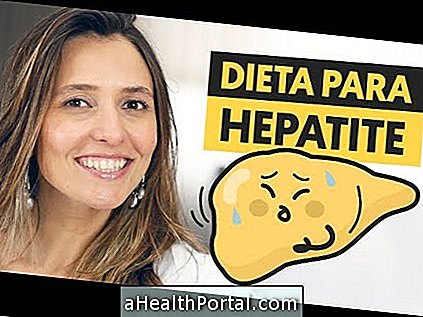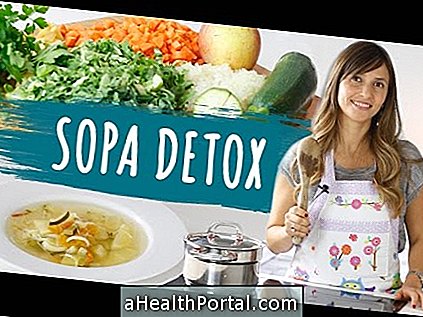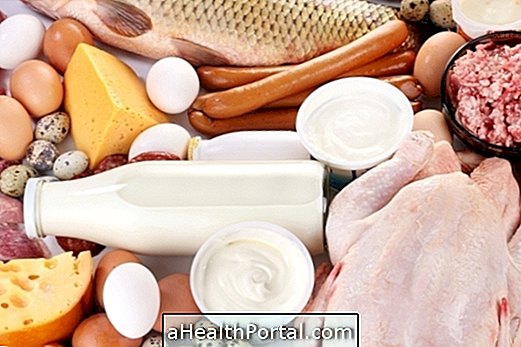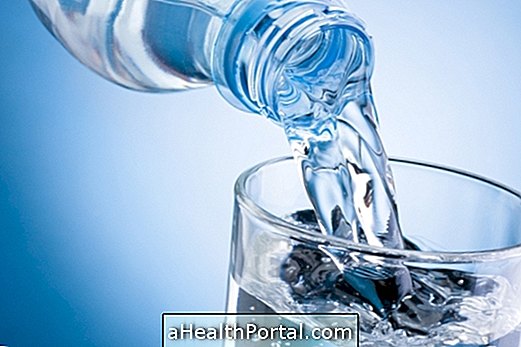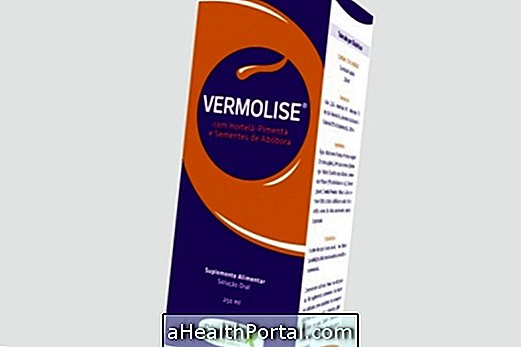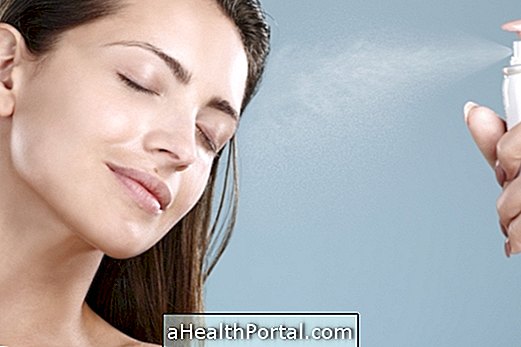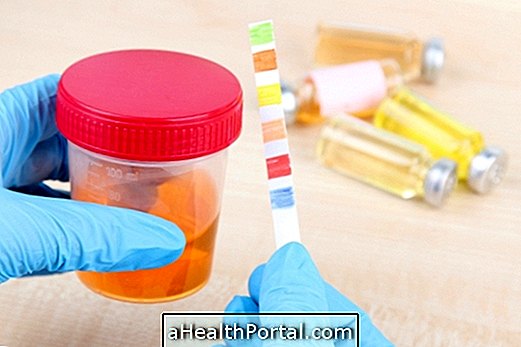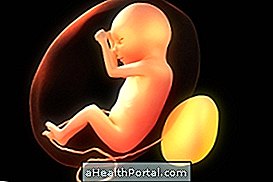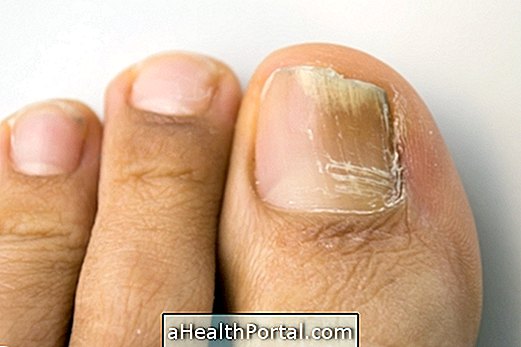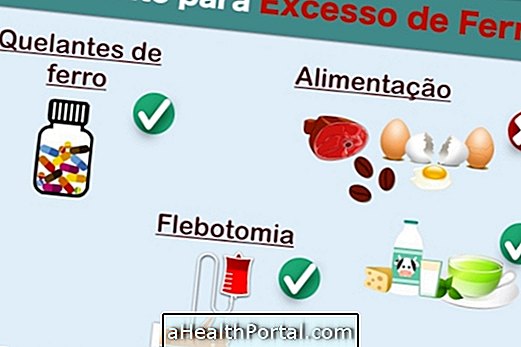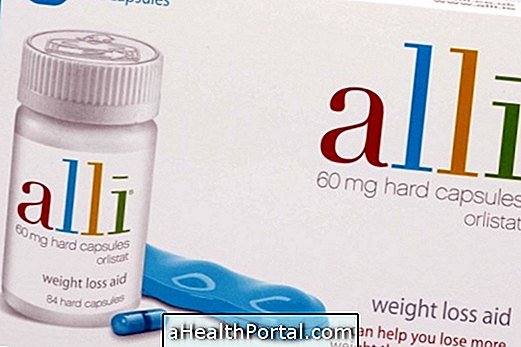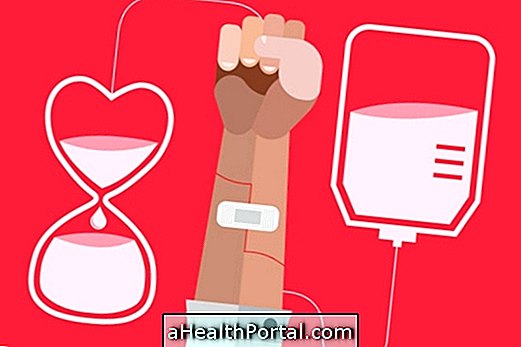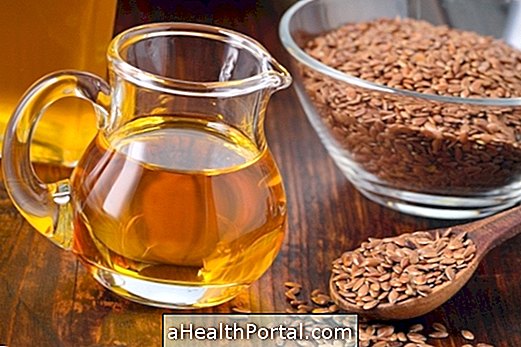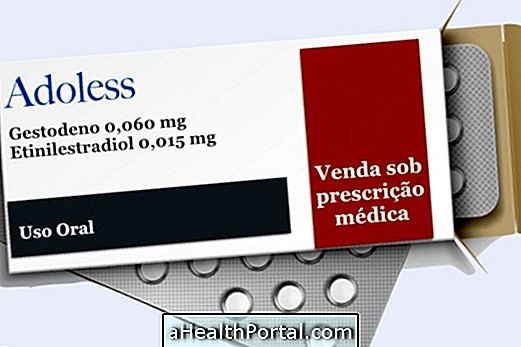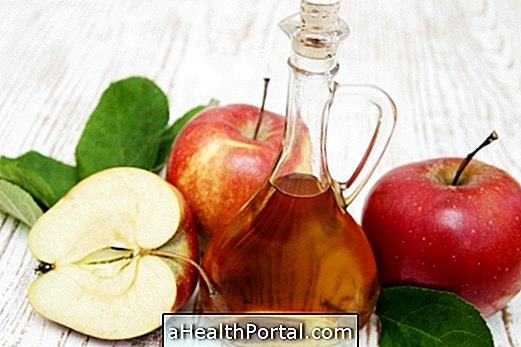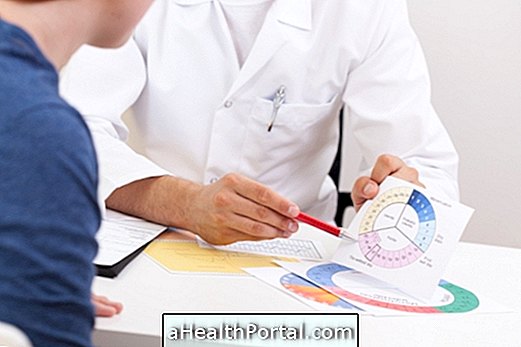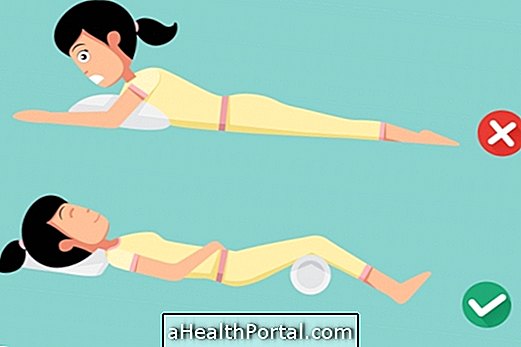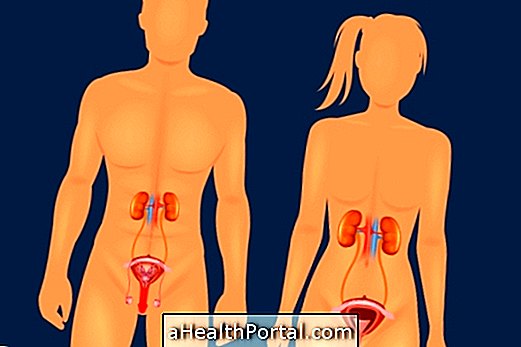Estrogen-rich foods, such as soy and linseed, are always plant-based and contain substances called phytoestrogens, which are similar to the female hormone estrogen.
Phytoestrogens bring health benefits such as reducing menopausal symptoms, preventing cardiovascular disease, and preventing breast and prostate cancer.
Soy and Derivatives
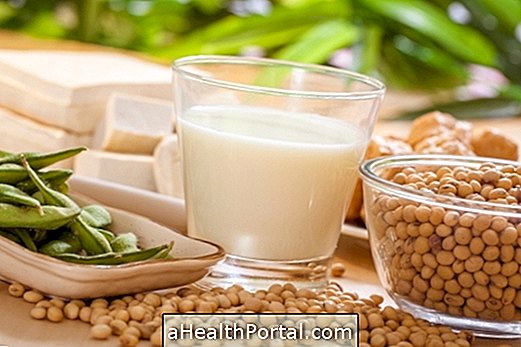
Soy is the food most in phytoestrogens called isoflavones, which have a
estrogens, bringing benefits throughout her life.
Among these benefits are reducing PMS symptoms, lowering bad cholesterol, improving bone health and hypertension, preventing cardiovascular disease, and preventing breast and prostate cancer. Here's how to take soy lecithin in menopause.
Linseed

Flaxseed is the food richest in lignans, which are its phytoestrogens. The consumption of lignans is linked to benefits such as reduction of inflammation in the body, prevention of osteoporosis and prevention of breast cancer, endometrial cancer and prostate.
These benefits are obtained through the consumption of both brown flax and golden flaxseed, which also bring actions such as preventing diabetes, obesity, improving cholesterol and preventing cardiovascular diseases. The recommendation is to consume 1 tablespoon of flaxseed per day, which can be added in yogurts, vitamins, in the salad or on fruits. See other benefits of flaxseed.
Other foods
Besides soy and linseed, other foods that are also sources of phytoestrogens are:
- Fruits: apple, pomegranates, strawberry, oxycodone, grape;
- Vegetables: carrots, yams, lentils, alfalfa sprouts;
- Oilseeds and seeds: sunflower seeds, sesame, almonds, nuts;
- Beverages: Coffee, green tea, beer, red wine;
- Grains: oats, barley, wheat germ;
- Oils: olive oil, sunflower oil, soybean oil.
In addition, other industrialized foods such as biscuits, pasta, breads and cakes also contain soy derivatives, such as oil or soy extract in their composition.


